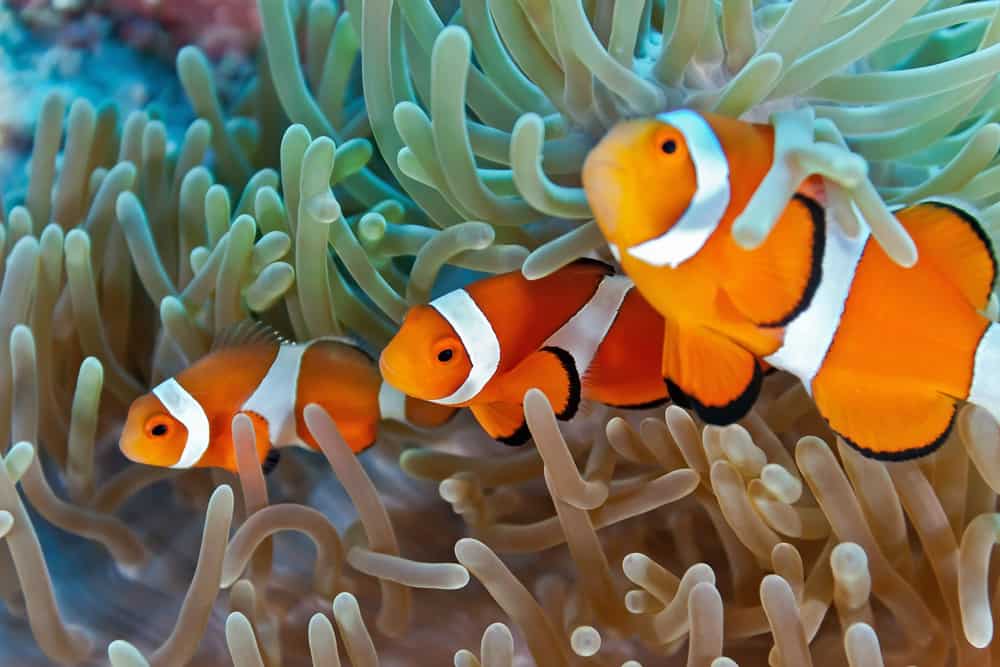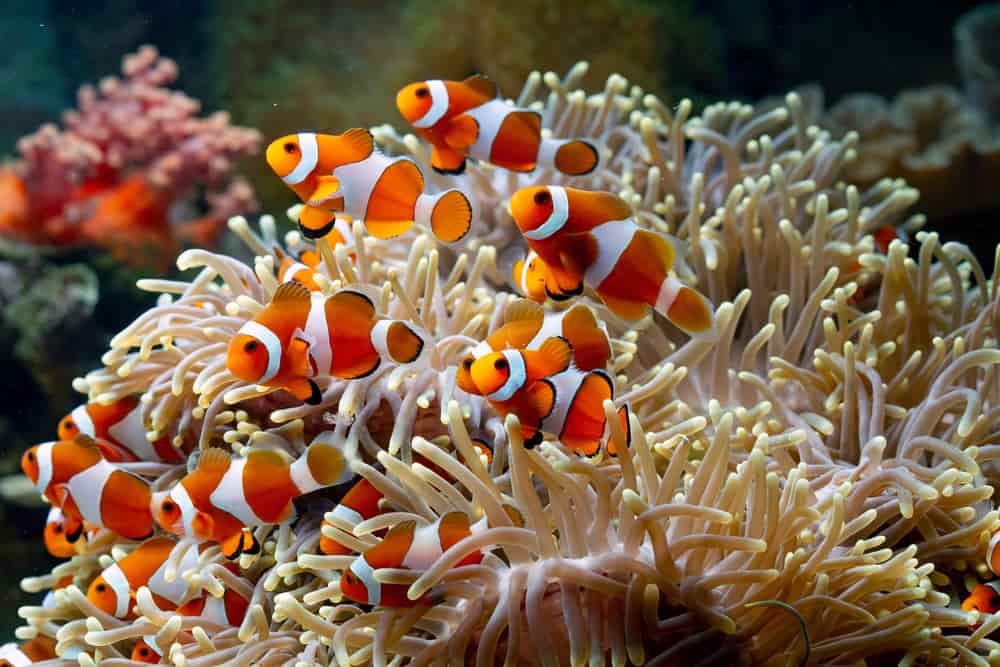The Problem of Overcrowding
Clownfish have found an interesting and effective solution to the problem of overcrowding in their habitat. They have formed a unique relationship with another creature, the anemone. This relationship benefits both parties involved, allowing them to coexist in a crowded environment.
A Safe Haven
Anemones have tentacles that are covered in stinging cells. Most fish that come into contact with these tentacles would receive a painful sting. However, clownfish are not affected by the stinging cells due to the protective layer of mucus that covers their bodies. This mucus acts as a shield, allowing to comfortably live among the anemones without being harmed.
Mutual Benefits
The clownfish play a vital role in keeping the anemone healthy. They remove unwanted parasites from the anemone’s tentacles, ensuring its well-being. In return, the anemone provides security for the clownfish. Its stinging cells ward off predators and other creatures that would otherwise pose a threat to the clownfish.

Breeding and Parental Care
When it’s time for a pair of clownfish to breed, the protective relationship with the anemone becomes even more crucial. The female lays up to a thousand eggs on the rock beneath her anemone home. With utmost care, she delicately attaches the eggs to the surface.
The male clownfish closely follows behind, fertilizing the eggs as he goes. The anemone’s protection is vital during this vulnerable period. It shields the eggs from potential predators, ensuring the survival of the clownfish offspring.
The Miracle of Life
After a week, the young clownfish are ready to emerge from their eggs. However, the hatching process only occurs at night. To capture this incredible event, infrared cameras are used in a specialized filming environment.
With gentle encouragement from their father, the young clownfish start their journey into the world. The father nudges and guides them out of the eggs, showing them the way. Once the little larvae are free, they must rely on their own instincts and abilities to survive.

Life in the Open Ocean
For the first few weeks of their lives, the young clownfish will develop in the open ocean. They face many challenges and predators during this time. However, the survival skills they learn from their parents and the protection provided by the anemone’s stinging cells give them a fighting chance.
Conclusion
The relationship between clownfish and anemones is a fascinating example of symbiosis. These two species have found a way to coexist and thrive in a crowded and competitive environment. The clownfish benefit from the anemone’s protection, while the anemone benefits from the clownfish’s caretaking services.
By working together, they ensure the survival of their offspring and contribute to the biodiversity of their ecosystem. Nature truly has incredible ways of solving problems and creating harmonious relationships.